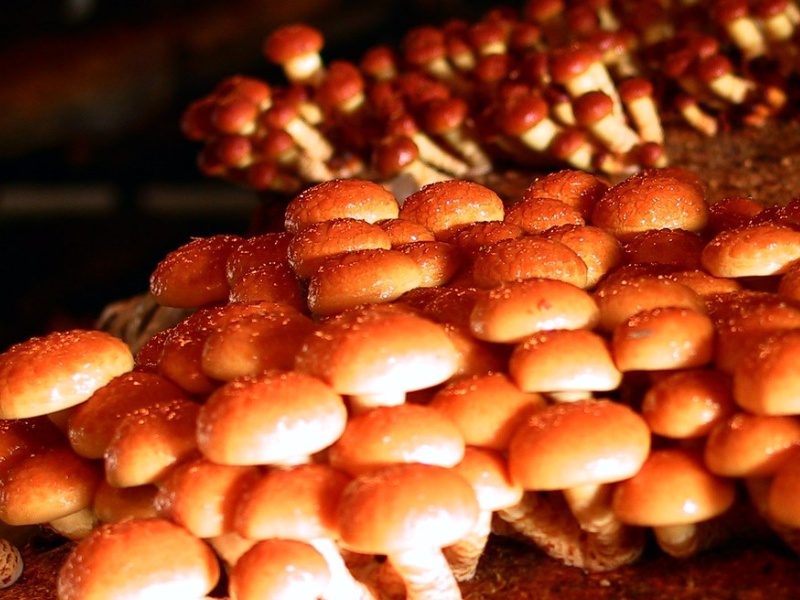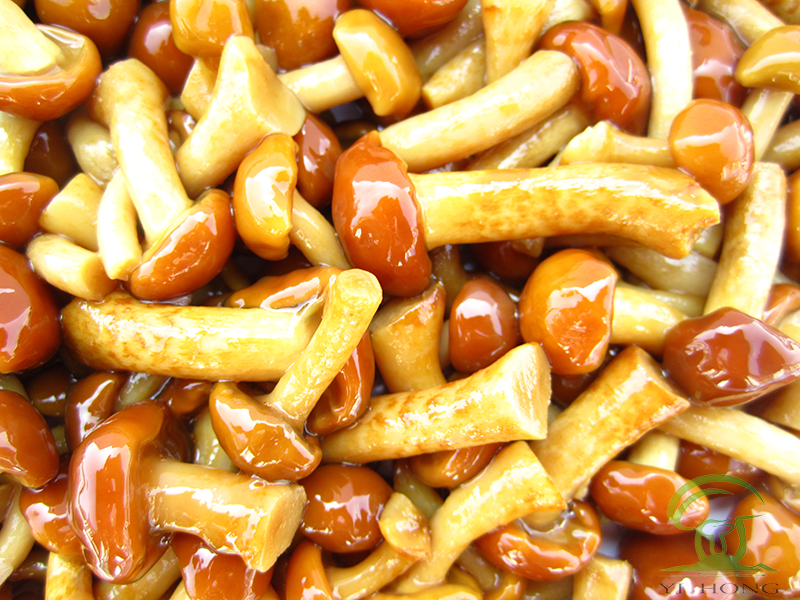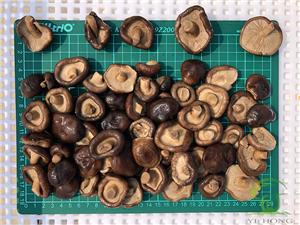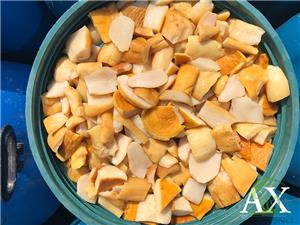Nameko in Brine and Hazelmushrooms, Don't be Foolishly Confused Anymore!
Nameko in Brine and hazelnut mushroom are two different wild edible mushrooms that differ in appearance, growth environment, and nutritional composition.

Appearance difference:
The cap of nameko in Brine usually appears light yellow or light brown, with a smooth and glossy surface, and a thin and flat cap.The cap of hazelnut mushrooms appears dark brown or black brown, with a rough surface and many granular protrusions. The cap is thick and uneven.
Growth environment:
Nameko in Brine mainly grows in mixed forests, coniferous forests, and deciduous forests, and prefers moist soil.Hazelnut mushrooms grow in coniferous and deciduous forests, especially in areas with abundant soil and humus around pine and elm trees.

Nutrient composition:
Nameko in Brine is rich in protein, fat, carbohydrates, fiber, as well as various vitamins and minerals.
Hazel mushrooms are also rich in protein, fat, carbohydrates, fiber, as well as various vitamins and minerals, especially rich in vitamin D and vitamin E.
Eating method:
Nameko in Brine can be eaten raw or cooked, while hazelmushrooms need to be cooked before consumption due to their hard cap and folds, as well as their tough taste.
Although nameko in Brine and hazelmushrooms are similar in some aspects, such as being edible mushrooms, they have significant differences in appearance, growth environment, nutritional composition, and consumption methods.

- Company News
- Industry News
- Product News
- Video




